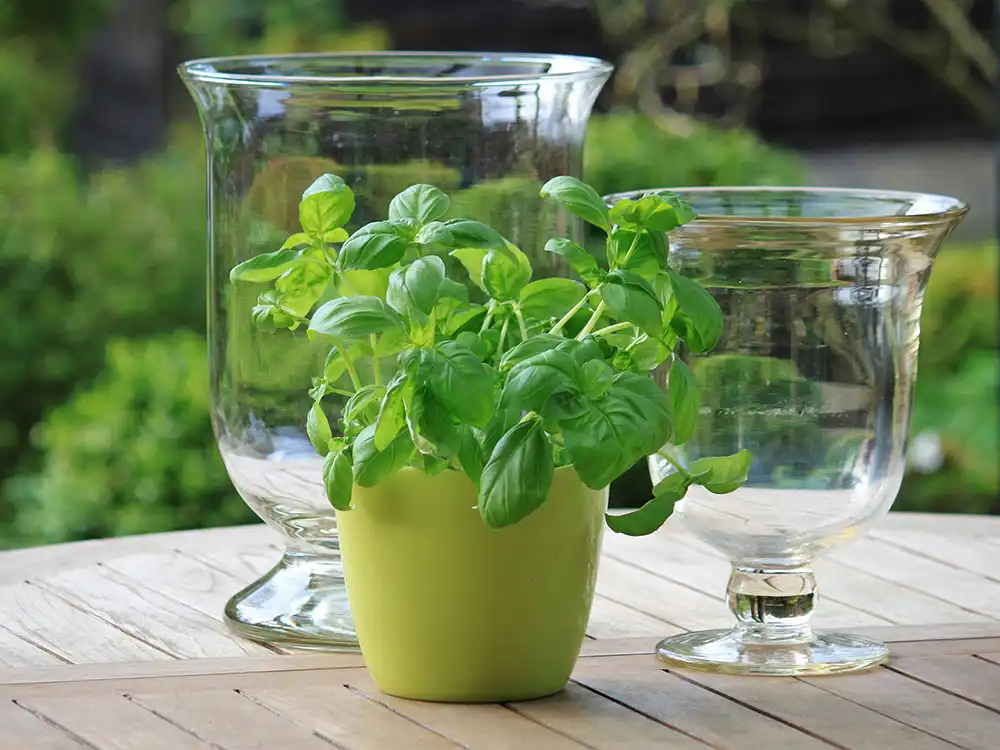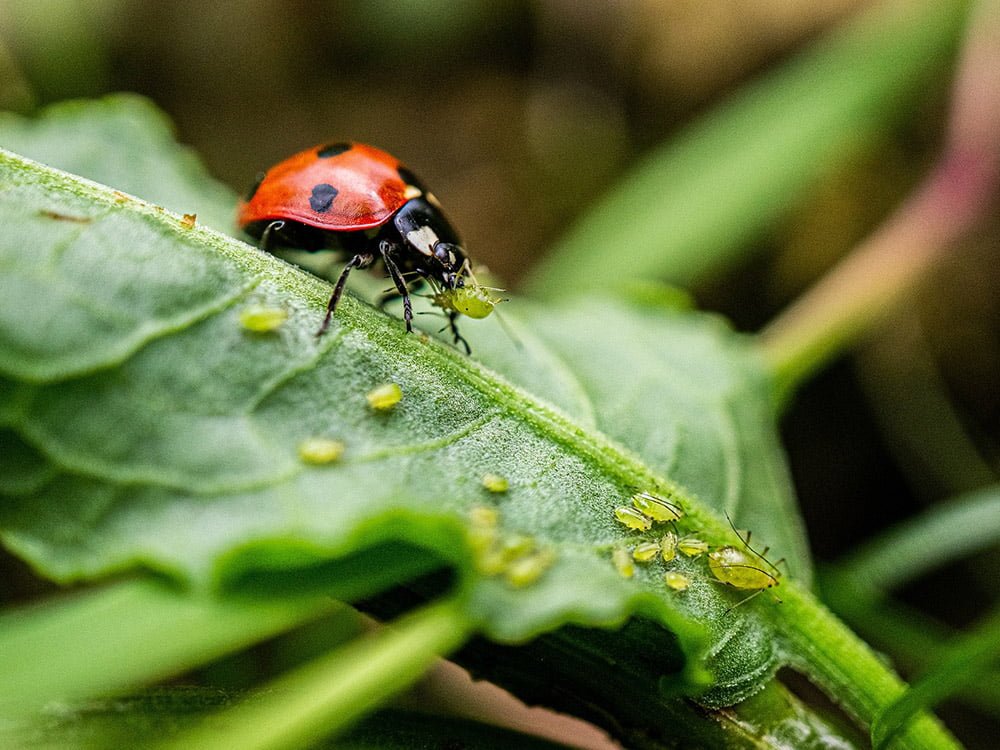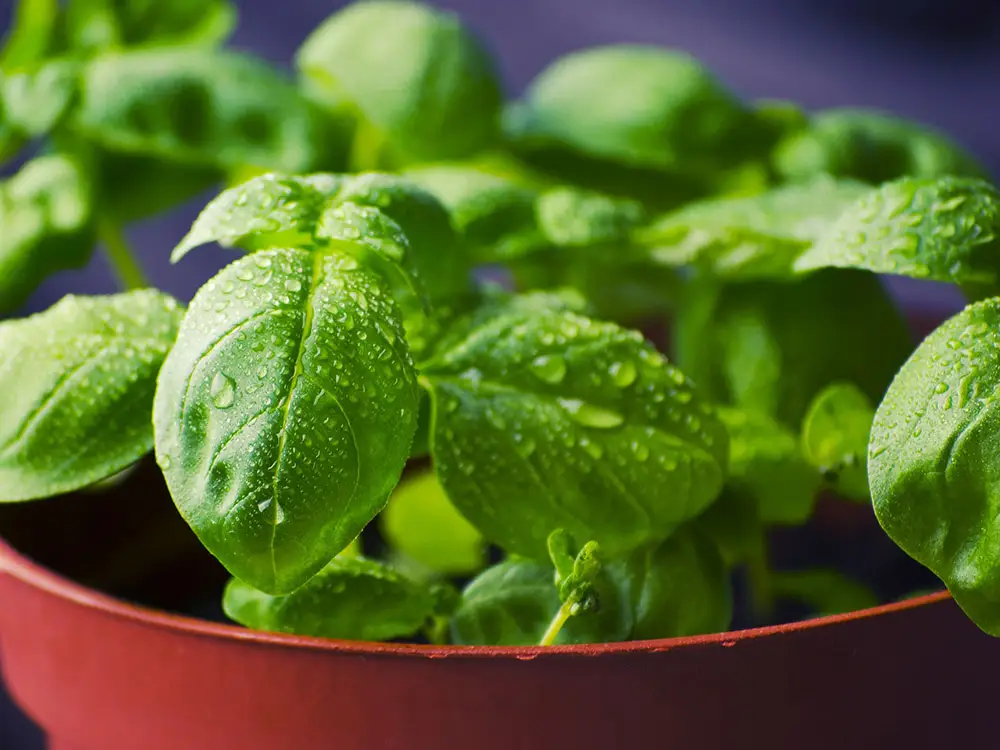Did you know you can grow basil from cuttings? It’s true! In this article, we’ll teach you everything you need to know about this fantastic gardening hack. Growing basil from cuttings is a sustainable, cost-effective, fun way to cultivate this popular herb, and it’s much faster than growing basil from seed.
Selecting the Right Basil Cutting
Choosing a healthy parent plant
When you’re ready to grow basil from cuttings, the first step is to find a healthy parent plant. There are many different basil varieties, such as Genovese, Thai, and Purple, so choose one that best suits your taste and preferences.
Ensure the plant is free from pests and diseases, as these issues can easily transfer to your cuttings and jeopardize their growth.
Selecting the appropriate cutting
Next, you’ll want to select the best cutting from your chosen basil plant. Look for a stem that is about 4-6 inches long with several sets of leaves. This will give your new plant enough energy to grow strong roots.
Make sure the stem is green, healthy, and free from any signs of disease or pest damage.
Preparing the Cuttings for Propagation
Cutting technique and tools
When taking a cutting from your basil plant, it’s important to use a clean, sharp pair of scissors or pruning shears. Before you start, sterilize your tools with rubbing alcohol or a bleach solution to prevent the spread of diseases. To make a clean cut, snip the stem just below a leaf node, which is the point where a leaf or branch connects to the stem.
Pre-treatment for faster rooting
While it’s not necessary, you can use a rooting hormone or natural alternatives to promote faster root growth. Commercial rooting hormones are available in powder, liquid, or gel form and can be applied to the cut end of the stem.
- Bontone rooting powder from Bonide promotes quick root development from cuttings once applied; to apply, simply dip the end of a clipping into the powder and then place it in moist soil to help the…
If you prefer a natural alternative, you can try dipping the cutting in honey or cinnamon, which have antimicrobial properties and can encourage root development.
Rooting the Basil Cuttings

Water rooting method
One popular way to root basil cuttings is by using the water rooting method. Start by preparing a small container, such as a glass jar or plastic cup, filled with clean water. Remove any leaves from the lower part of the cutting, leaving only the top two sets.
Place the cutting in the container, ensuring the cut end is submerged in water but the remaining leaves are above the water line.
Soil rooting method
Another option for rooting your basil cuttings is to plant them directly in soil. Fill a seed tray or other container with a well-draining soil mix, such as a combination of potting soil and perlite.
Plant the cutting about an inch deep, ensuring that any lower leaves are not touching the soil. Water the cutting gently, and keep the soil consistently moist but not waterlogged.
Place your cutting in a warm, bright location, but avoid direct sunlight, which can cause the cutting to dry out.
Transplanting and Caring for Your New Basil Plants
Choosing the right location
Now that your basil cuttings have established roots, it’s time to transplant them. Decide whether you want to grow your basil outdoors or as part of an indoor herb garden.
Both options have their advantages: indoor basil plants have protection from pests and temperature fluctuations, while outdoor plants can benefit from natural sunlight and fresh air.
Transplanting tips and techniques
Before transplanting your basil cuttings, you’ll need to acclimate them to their new environment through a process called “hardening off.” Gradually expose your plants to outdoor conditions over several days, increasing the duration each day.
When transplanting, make sure to plant the basil at the same depth as it was in the original container, and space the plants about 12-18 inches apart to allow for proper air circulation and growth.
Ongoing care and maintenance
Caring for your newly transplanted basil plants involves regular watering, fertilizing, and pruning. Water the plants deeply, allowing the soil to dry slightly between waterings. Overwatering can lead to root rot, so it’s essential to strike a balance.
Fertilize your basil plants with an organic, slow-release fertilizer or a diluted water soluble fertilizer every 4-6 weeks. Pruning is crucial for encouraging bushy growth and preventing your basil plants from becoming too leggy.
Pinch off the growing tips regularly and remove any flowers that appear, as this will encourage the plant to produce more leaves.
Troubleshooting Common Problems
| Problem | Symptoms | Solutions |
|---|---|---|
| Root rot | Yellowing leaves, foul smell | Improve drainage, avoid overwatering |
| Aphids | Discolored spots, sticky residue | Use soapy water or insecticidal soap |
| Whiteflies | Tiny white insects, yellowing leaves | Use yellow sticky traps, insecticides |
| Spider mites | Webbing, discolored leaves | Spray with soapy water, use miticides |

Root rot and other diseases
One common issue when trying to grow basil from cuttings is root rot, which occurs when the plant’s roots become waterlogged and oxygen-starved. To prevent this, make sure your cuttings have proper drainage and avoid overwatering.
If you notice yellowing leaves or a foul smell, it might be a sign of root rot. Remove the affected plant to prevent the spread of the disease and adjust your watering practices.
You should also keep an eye out for downy mildew.
Pests affecting basil plants
Pests such as aphids, whiteflies, and spider mites can damage your basil plants. If you notice small, discolored spots on the leaves, webbing, or a sticky residue, your plants might have a pest infestation.
To treat this, try spraying your plants with a mixture of water and mild dish soap, or use an organic insecticidal soap. If the infestation is severe, you might need to remove and discard the affected plants.
Slow growth and other issues
If your basil cuttings are growing slowly or not at all, it’s essential to troubleshoot the problem. Check for any signs of pests or diseases and ensure that the plants are receiving adequate water, light, and nutrients.
Sometimes, adjusting the growing conditions or providing extra care can help your basil plants thrive.
Final Thoughts
In conclusion, learning how to grow basil from cuttings is a rewarding and eco-friendly gardening project. It allows you to experiment with different basil varieties, share your love of gardening with others, and enjoy a continuous supply of fresh basil for your culinary creations such as basil pesto.
We hope you’ve found this guide helpful and that it inspires you to try your hand at growing basil from cuttings. Don’t forget to share your experiences and tips in the comments section below. Happy gardening!
FAQ: Grow Basil from Cuttings
Can you propagate basil with just a leaf?
No, propagating basil with just a leaf is not possible. You need a stem cutting with at least one leaf node, as this is where new roots will develop.
Is it better to propagate basil in water or soil?
Both methods work well, but water propagation allows you to monitor root development visually. Soil propagation can be more successful since it mimics the plant’s natural environment.
How long does it take basil cuttings to root?
Basil cuttings typically take 7-14 days to develop roots, depending on the method used and the environmental conditions.
Why did my basil wilt when I put it in water?
Cuttings may wilt initially when first harvested, however they should recover within a few hours in water. Extended wilting or if the cutting wilt at a later time could be from not be receiving enough light or the water is contaminated. Ensure the cutting is in a bright location and change the water every 2-3 days.
Can you propagate store bought basil?
Yes, you can propagate store-bought basil, provided the stems are fresh and healthy. Follow the same propagation steps outlined on this page for garden-grown basil cuttings.






